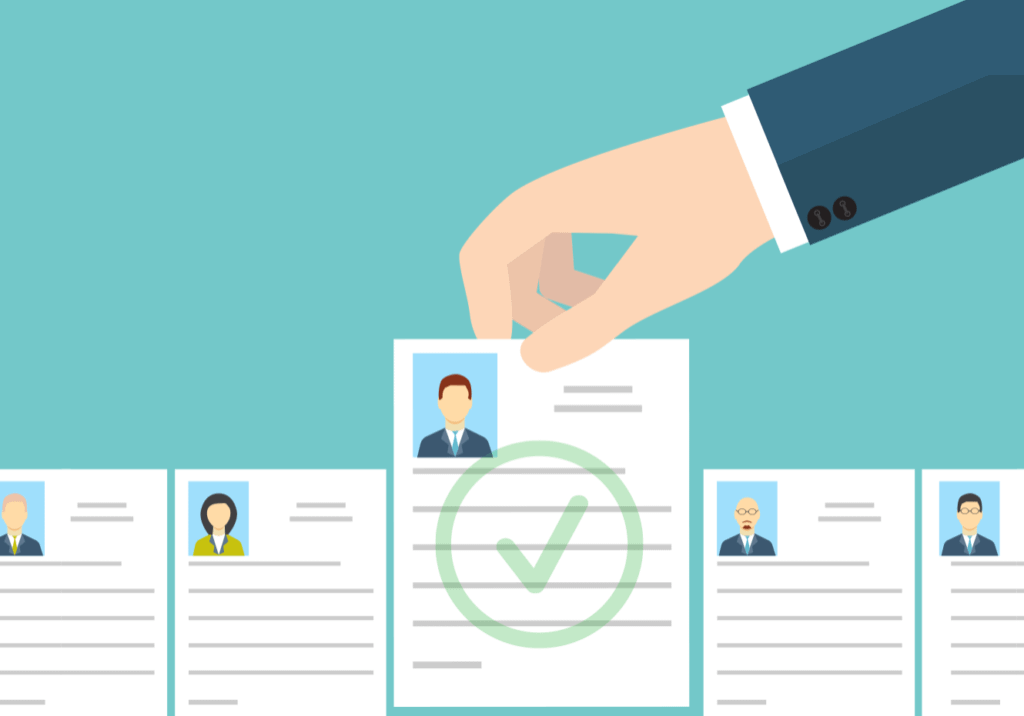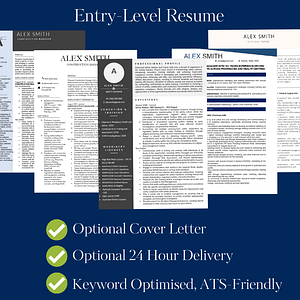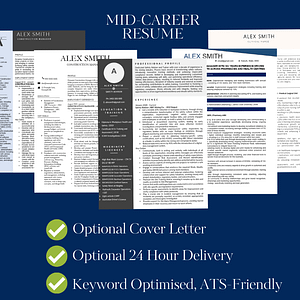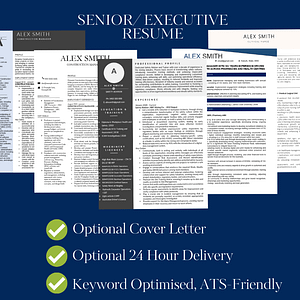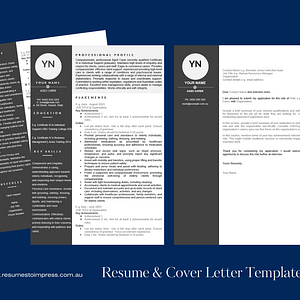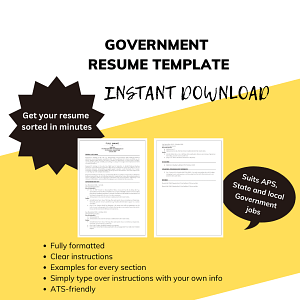Why a Good Resume (and Cover Letter) Matters
A quality resume (and cover letter) can significantly impact your chances of securing an interview and ultimately landing the job you want. Time and time again we’re told that our resume and cover letter service has been key to someone getting the job they want.
Your resume and cover letter are your first introduction to a potential employer. Knowing how to effectively present your qualifications, experiences, and skills in your resume, and ensuring it is aligned with Australian resume writing standards, will help ensure that you are quickly deemed suitable for an interview, and potentially the role.
Resume Tips Australia for 2024:
Think of Your Resume as the “Answer” to the Job Ad
A well-crafted job ad outlines the company’s needs, expectations, and the qualities they seek in an ideal candidate. It asks the questions: “Who can meet our requirements? Who can fit into our team and culture?”
Your resume and cover letter should ‘answer’ each of these queries. Your qualifications, experiences, and unique attributes should directly align with the job’s demands.
The average recruiter spends less than six minutes looking at your resume before deciding whether or not to shortlist you – make it count.
For example, here’s a job ad for a Construction Project Manager, and what the candidate needs:
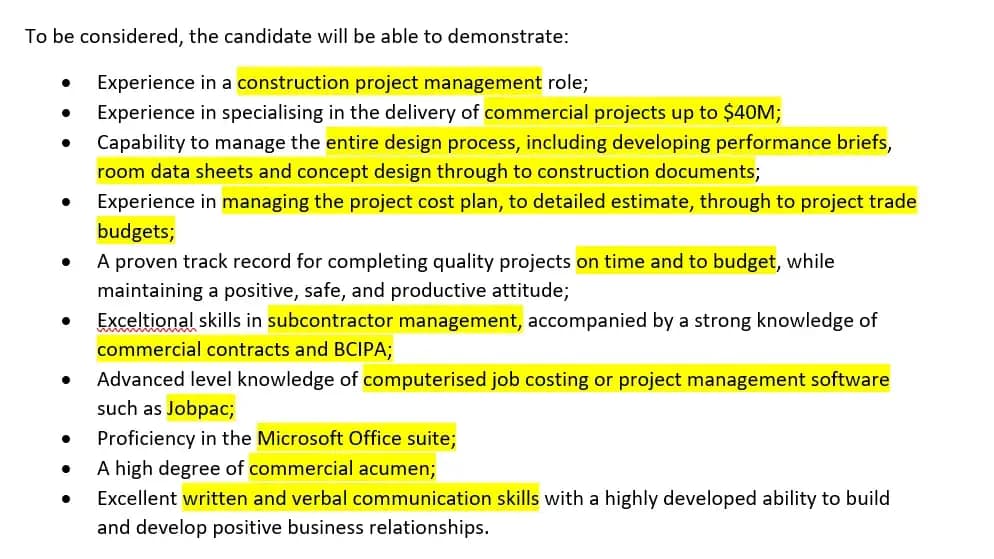
And here’s the first page of a Construction Project Manager resume, with highlighted sections reflecting the skills and experience required:
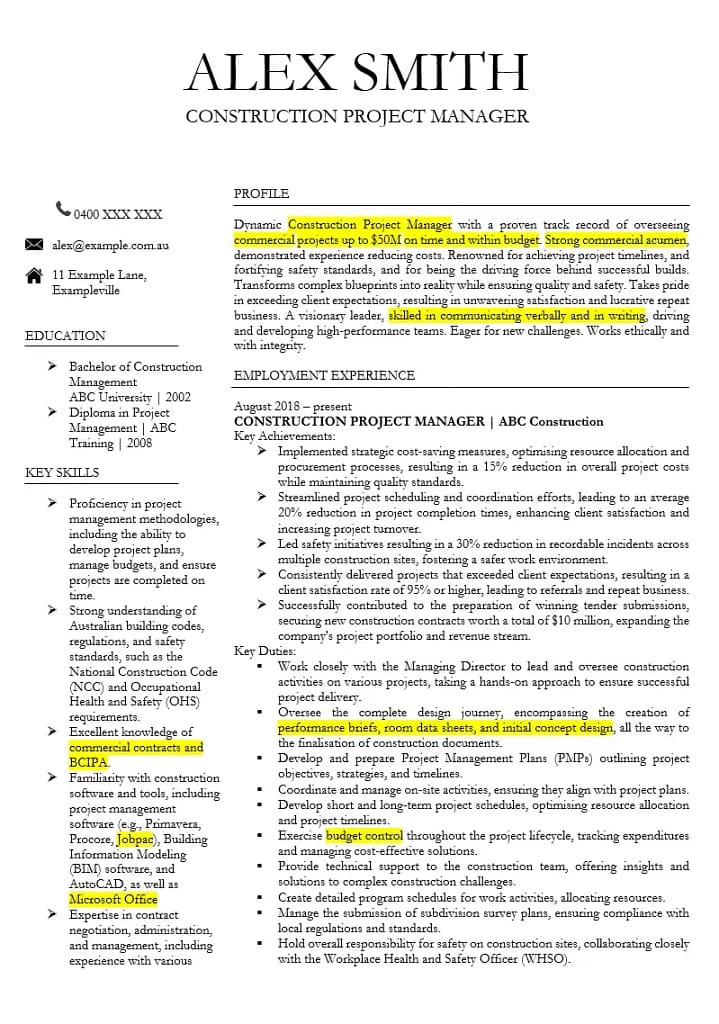
Use Quantifiable Results (Numbers and Metrics)
When you back your achievements and experiences with concrete numbers and metrics, you provide prospective employers with tangible evidence of your capabilities.
Here’s an example of a non-quantifiable result followed by a quantifiable one:
Non-Quantifiable: “Implemented a new customer service training program that improved team performance.”
Quantifiable: “Implemented a new customer service training program that resulted in a 20% increase in customer satisfaction scores within the first quarter.”
Some companies, like Google, even have specific ways they want you to structure your quantifiable achievements, such as Google’s XYZ Formula for resume achievements. If you’re struggling to come up with these achievements from your own career, here’s 50 accomplishments to put on a resume.
Ensure Your Documents Are Error-Free
Spelling, grammar, or formatting mistakes can create a negative impression. To stand out as a professional and detail-oriented candidate, it’s crucial to thoroughly proofread your documents, use grammar-checking tools, and, if possible, seek feedback from peers or professional editors. We offer a free resume review service.
Get Past the ATS Bots (But Don’t Spend Too Much Time Worrying About Them)
Successfully navigating the ATS (Applicant Tracking System) sounds harder than it is. The main thing is to review the job posting to identify keywords, skills, and qualifications mentioned in the description and integrate these in your resume.
This, as well as using an ATS-friendly resume design (i.e. one that can be easily scanned, without too many text boxes or images), are really all you need to do.
What is the Best Resume Format for 2024 in Australia?
The reverse chronological resume format remains the preferred resume format for job seekers in Australia in 2024. This is where you list your work experiences in reverse chronological order, with the most recent job at the top.
What Should I Include in my Resume Australia?
Your resume should include the following sections:
Contact Information: Begin your resume with your name, phone number, email address, and optionally, your LinkedIn profile.
Professional Summary/Objective: Provide a brief summary or objective statement that highlights your career goals and key qualifications. This section is optional but can be beneficial when it reflects the details of the job ad you are applying for.
Key Skills: Include a section that showcases your core skills and competencies relevant to the job you’re applying for.
Work Experience: List your relevant work experiences, starting with your most recent position and working backward. For each job, include your job title, company name, dates of employment (include months you started and left e.g. January 2021 – December 2023) and detailed bullet points highlighting your accomplishments and responsibilities.
Education: Mention your educational background, including degrees, institutions, graduation dates, and any relevant certifications or additional coursework.
Additional Sections: Depending on your field and the job you’re pursuing, you may include sections for certifications, awards, publications, projects, volunteer work, or professional memberships.
References: Instead of listing references on your resume, simply state, “References available upon request.”
How do you list skills on a resume in Australia?
In many Australian resume templates, key skills are often included on either the left or right column of the document. Alternatively, they can be listed at the beginning, following the professional summary or objective statement, or at the end, just before the education or references section. The list should be concise (aim for 5-10 key skills), and aligned with the job you’re applying for.
How far back should a resume go Australia?
In Australia, the general guideline is to include your most relevant and recent work experience, typically spanning the last 10 years. However, there can be variations based on individual circumstances and the specific job you’re applying for. For example, if you are making a career change and have some relevant experience in your new career from many years ago, you still might want to include this.
How many references should be on a resume?
On an Australian resume, unless the application guidelines specifically state you need to include the names and details of references, you can simply state “References available upon request.” Including references on a resume has become less common, and employers typically request them later in the hiring process, often during or after the interview stage.
Should I put hobbies on my resume?
Hobbies and personal interests are generally not necessary on a resume unless they directly demonstrate skills, qualifications, or experiences that are applicable to the job. In most cases, employers are more interested in your professional qualifications, work experience, and achievements. However, if a hobby is relevant to the position or can showcase transferable skills (e.g., leadership, teamwork, or creativity), you can consider including it.
What is the difference between a resume and a CV?
CVs are typically longer than resumes and can extend to multiple pages, depending on the candidate’s experience. They are comprehensive and include extensive details about a person’s academic and professional history. They are often used in academic contexts.
In Australia, it’s common to use the term “resume” or “CV” interchangeably for job applications in most industries. However, for academic or research positions, especially in higher education or scientific fields, the more comprehensive CV may be required.
How often should I update my CV?
Updating your CV every 2 years is a practical guideline, though the frequency may vary based on career milestones, skills development, job changes, and specific job search efforts. It’s advisable to refresh your CV whenever you achieve significant career goals or acquire new skills and accomplishments. Each job change or promotion presents an opportunity to update your CV to reflect your current role and responsibilities accurately. Periodic maintenance can prevent the need for major overhauls in the future.
How long should a resume be?
In Australia, the ideal length for a resume typically falls in the range of 2 to 3 pages, with exceptions based on individual circumstances. A concise 1-page resume is suitable for those with limited experience or entry-level positions, focusing on key qualifications. A 2-page resume is the standard for most job seekers, offering ample space to present work history, skills, and achievements thoroughly. In select cases, such as extensive experience or technical backgrounds, a 3-page resume may be justified, but it’s vital to ensure that all content remains relevant.

What NOT to include in your resume
- Irrelevant Personal Information: While your contact information is crucial, avoid including personal details like your date of birth, marital status, gender, or nationality, as these are generally considered irrelevant.
- Irrelevant Work Experience: Exclude work experiences that are not relevant to the job you’re applying for. Focus on showcasing the most pertinent qualifications and skills.
- Outdated qualifications or achievements: No need to include your high school awards 😉
- Details About Why You Left Your Previous Roles: Unless it was a very short role, and you want to explain your leaving for professional reasons (i.e. short-term contract only).
- Unrelated Hobbies and Interests: Unless they directly demonstrate relevant skills or characteristics, avoid listing hobbies or interests. These can take up valuable space without adding value.
- Unexplained Career Gaps: Explain any gaps in employment, including travel, study, renovations or caring responsibilities. Focus on the positives of what you achieved during these times.
- Salary Information: Do not disclose your salary history or salary expectations on your resume. This information can be discussed during the interview or negotiation phase.
- Photos: In Australia, it’s not customary to include a photograph on your resume, unless the job specifically requires it.
Do I need to attach copies of my qualifications to the resume?
In most cases, you do not need to attach copies of your qualifications to your resume. The employer will usually ask for these once you have been offered the position – you will need to provide them in order to be successfully onboarded.
2024 Resume Tips Australia: Trends – What’s New?
AI Resume Writing (ChatGPT)
The use of Artificial Intelligence (AI) in resume writing has become wide-spread. Even us professional resume writers have come to rely on these tools! However, we have also had numerous applicants come to us with a ‘ChatGPT resume’ that simply isn’t getting them to interview.
The trick is knowing what information to input into the AI, and a lot of that comes from the individual. While AI simplifies and streamlines resume writing, it is essential for job seekers to use these tools judiciously, ensuring that their unique qualities and experiences shine through in their applications.
Stating What YOU Can Do For The Employer
In some roles and industries, it is commonplace for an applicant to be asked to prepare goals for the company or to discuss their potential contributions at interview. This is most common in positions where strategic thinking, leadership, and a clear understanding of the company’s objectives are critical.
Offering this information within your cover letter can help you stand out amongst the pack. It’s something our resume writing team has had a lot of success with, and it’s a trend for 2024.
Here’s an example for an applicant applying for a Senior Marketing Manager role:
“As a Senior Marketing Manager, I would start by conducting a comprehensive market analysis to identify key customer segments and competitive opportunities. I would utilise my experience in data-driven decision-making to develop tailored marketing campaigns, harnessing the power of social media advertising and content optimisation to reach our target audience effectively. My goal would be to not only increase brand visibility but also to drive a 20% growth in lead generation within the first quarter of my tenure.”
Maintaining an ‘Achievement Bank’
An “achievement bank” is a collection of specific achievements and quantifiable results from your professional experiences that you can draw upon when writing your resume, cover letter, or during job interviews. Once you have a professional resume, it’s something that we recommend jobseekers do to make maintaining it easy.
The idea is that when you do something awesome at work, you open up your Word document/ Notes file etc. and make a note of it. Then, when you’re ready to apply for your next role, you simply open the achievement bank to make updating your resume a breeze.
Download FREE CV Template
I hope these resume tips Australia have been helpful.
Targeting government jobs specifically? Read how to write your resume for government job applications.


